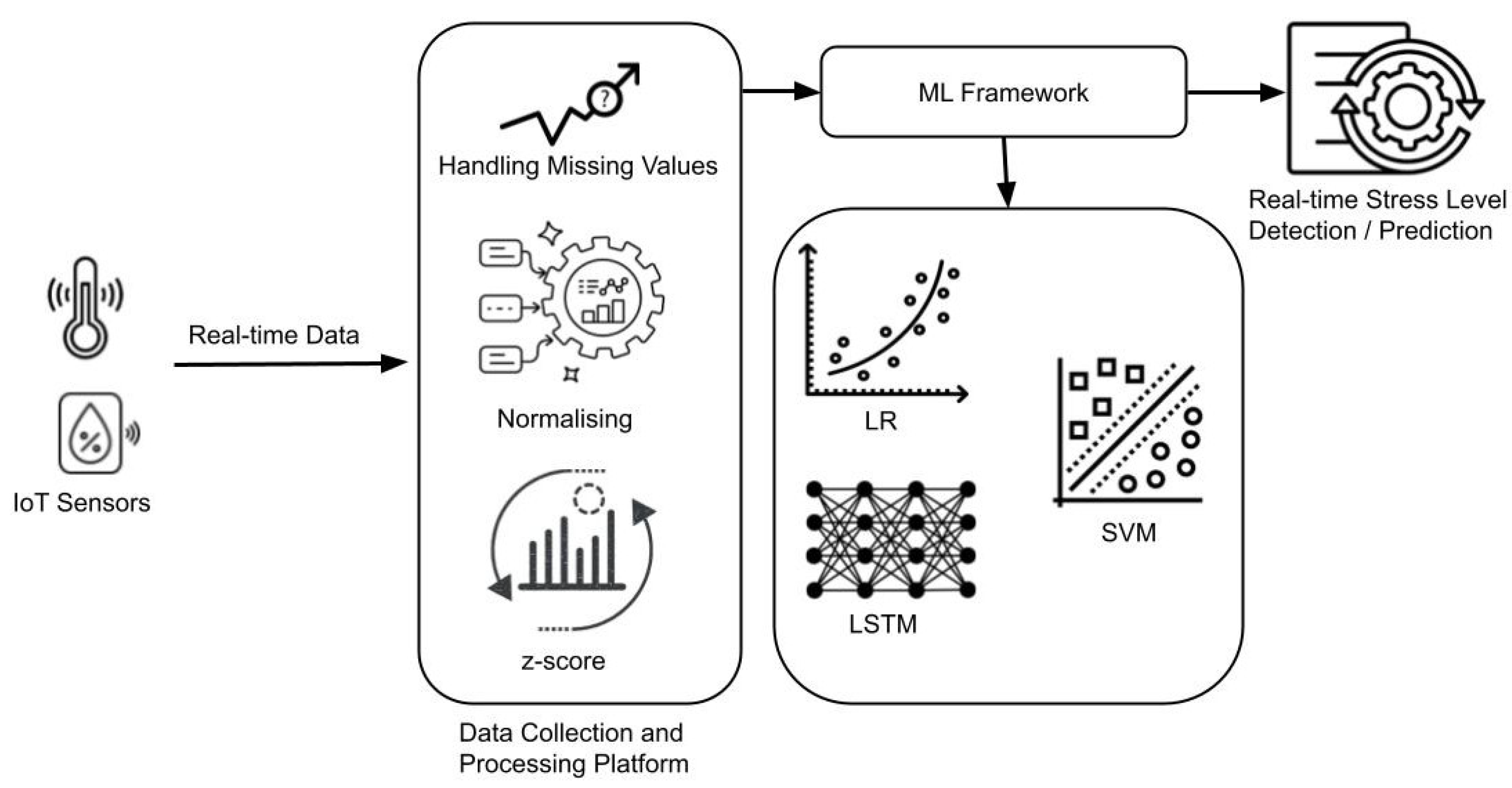Integrating AI with IoT using Open Source AI Frameworks
Open source AI plays a crucial role in enabling IoT devices to learn, adapt, and automate actions based on real-time data, thereby enhancing convenience and security. By integrating AI with IoT, developers can create a more intuitive and efficient world where devices not only connect but also think, predict, and adapt to users' needs.

The fusion of open source AI frameworks with IoT technologies is revolutionizing industries and making devices smarter, faster, and more efficient. In this article, we will explore six key open source AI frameworks that facilitate the integration of AI with IoT and discuss the challenges they face.
The Power of Open Source AI in IoT

The Internet of Things (IoT) refers to a network of interconnected physical devices embedded with sensors, software, and technologies that enable them to collect, exchange, and act on data over the internet. AI enhances IoT devices by making them smarter and more efficient.
For example, in a smart home, AI-enabled IoT devices like thermostats, lights, and security cameras can learn user preferences, anticipate user behavior, and enhance security by detecting unusual activities and sending alerts in real-time.
Open source AI frameworks provide developers with the tools to build, train, and deploy AI models effectively. These frameworks offer pre-built algorithms, customisation options, and benefit from community collaboration, making AI development accessible and cost-effective for businesses of all sizes.
Key Open Source AI Frameworks for IoT Integration
1. TensorFlow Lite: TensorFlow Lite is designed to run machine learning models efficiently on mobile, embedded, and edge devices with limited computational resources. It optimises models for low-latency inference and low power consumption, enabling AI processing directly on edge devices without cloud dependency.
Strengths: - Enables AI processing on edge devices - Uses techniques like quantization and pruning to reduce model size
2. Keras: Keras is a high-level deep learning framework integrated with TensorFlow, simplifying the prototyping and deployment of AI models. It is suitable for IoT devices that require lightweight AI models for applications like prediction and anomaly detection.
Strengths: - Easy design and deployment of neural networks - Seamless integration with TensorFlow
3. TinyML: TinyML focuses on running machine learning models on small, low-power devices like microcontrollers and IoT sensors. It enables real-time, on-device AI processing in environments with limited computing resources.
Strengths: - Optimised for ultra-low-power devices - Enables real-time data processing at the edge

4. Edge Impulse: Edge Impulse is a platform for building and deploying machine learning models on embedded systems. It simplifies the process of creating AI applications on IoT devices by offering tools for data collection, model training, and edge deployment, focusing on low-power, real-time inference.
By leveraging these open source AI frameworks, developers can accelerate the development of AI-driven IoT applications, enhance interoperability, and build smarter and more efficient IoT solutions at lower costs. The integration of AI with IoT not only improves automation and efficiency but also enhances security, privacy, and real-time decision-making capabilities.





















